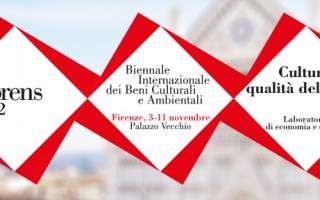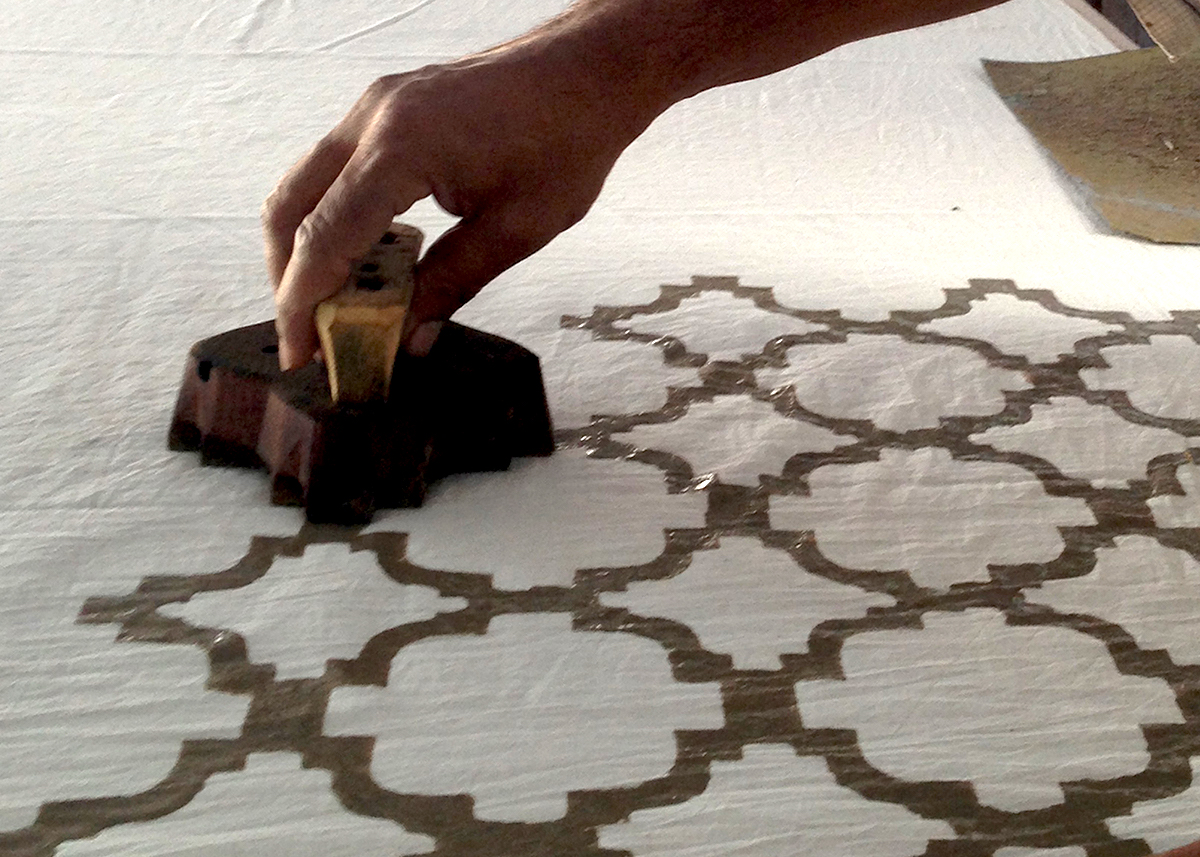
Ichcha is a social enterprise started by sisters from India, who showcase traditional artisans and sell their handmade merchandise online.
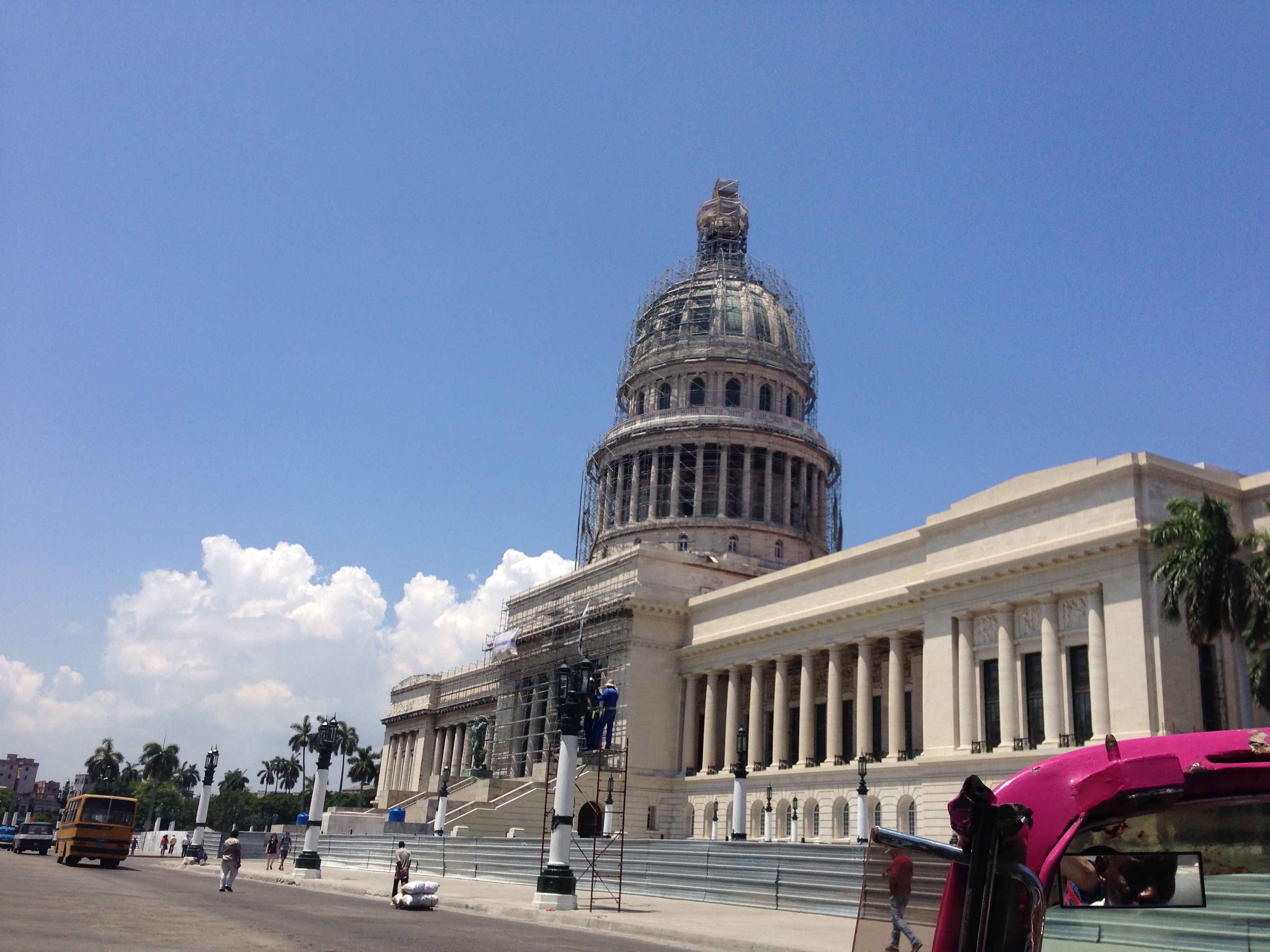
Whether you’re looking for delicious food, vintage car rides, architectural gems, or lively dance, Cuba has it all. Here are the best reasons to visit Cuba… 1. Tour Havana in a classic American car. Drive through Havana in a vintage Chevrolet convertible for a once-in-a-lifetime experience! Adolfo, our guide/driver of a bright pink Chevy, tested […]
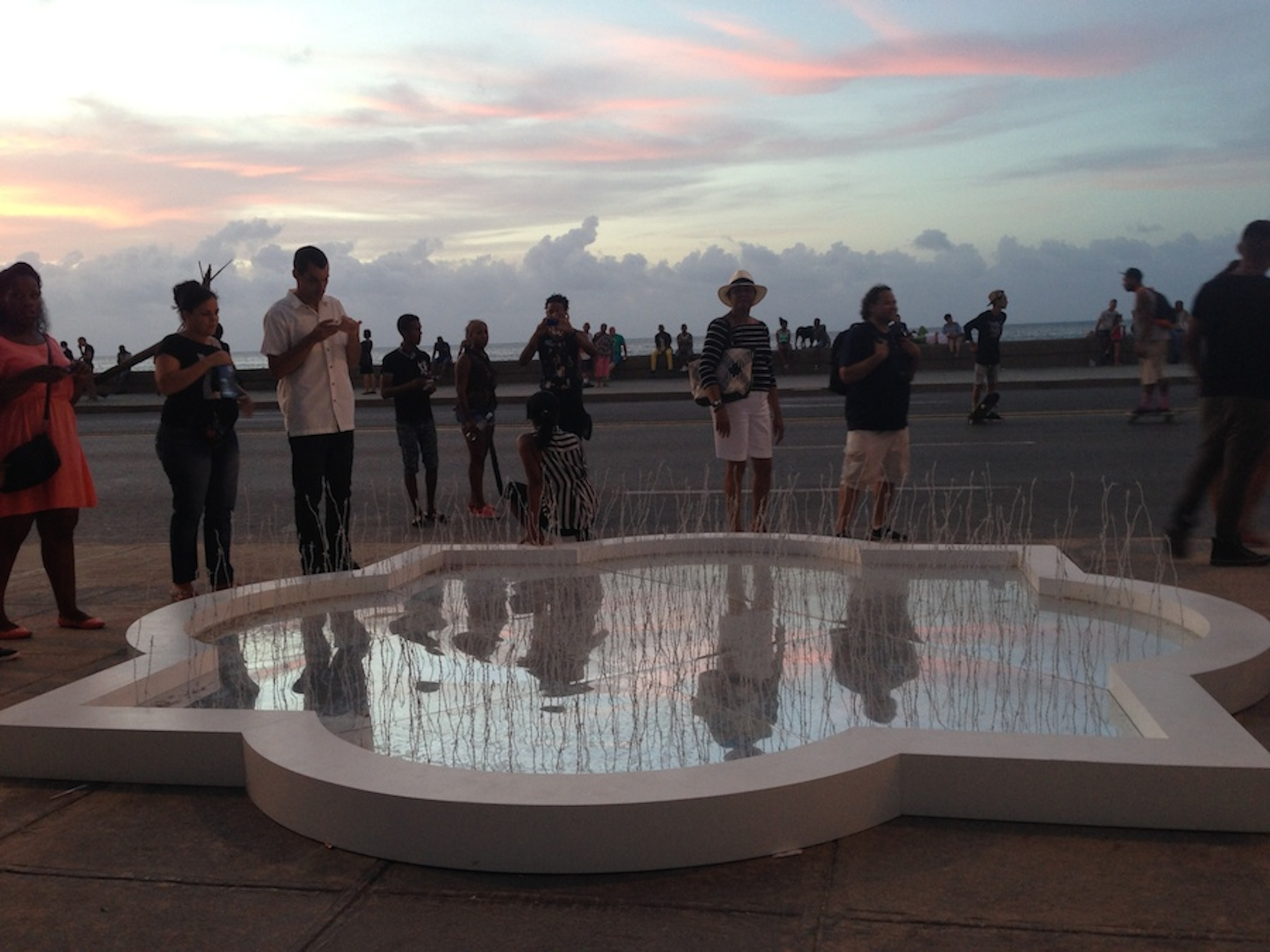
The air buzzed with excitement outside the Factoría Habana in Havana Vieja. Cubans and people from around the world, gathered outside the gallery, eagerly awaiting the opening. Right away, art aficionados dressed in trendy outfits, streamed into the building. Within minutes, the entire gallery was full of people looking at art, chatting with friends, taking […]

During my recent visit to the colonial city of Velladolid in the state of Yucatan, Mexico, I had the privilege of visiting John Venator at his home. Venator is a retired American executive who fell in love with Mexico few years ago. He visited the Yucatan area with his wife on vacation, and eventually made […]
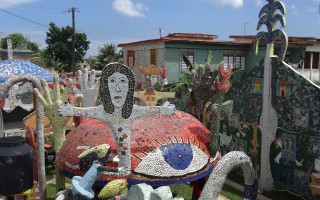
One of the places you must visit in Havana, is the community project of Cuban artist, José Rodriguez Fuster. Located in the northwestern part of Havana, the town of Jaimanitas can also be known as Fusterlandia.
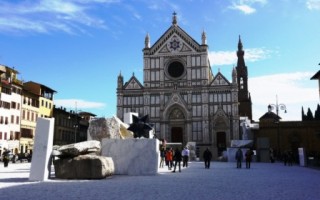
Last week, I attended Florens 2012, the Florence Culture and Heritage Week in Florence, Italy. It was one of the most memorable conferences I have attended so far, and for several reasons. One, I got to meet the other 5 winners of Team Florens who had come from around the world, namely USA, UK, Australia […]
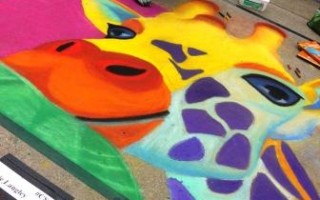
Last weekend, downtown Knoxville transformed into a lively street fair with one of a kind arts and crafts booths, demonstrations, entertainment, and food. As part of the Dogwood Arts Festival, the entire month of April was being celebrated with parades, bike tours, block parties, art exhibits, live bands, cooking demonstrations and more. I was lucky enough […]
